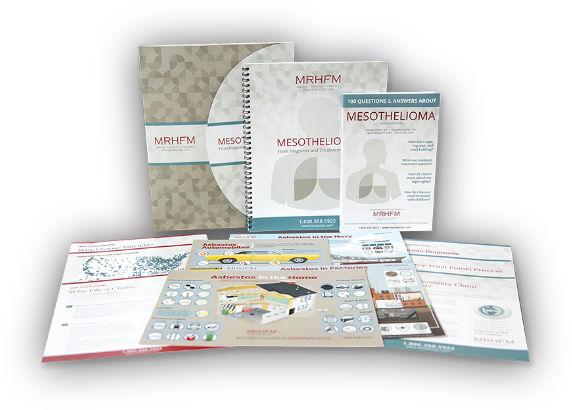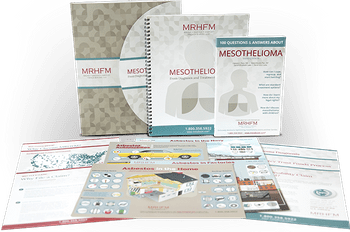Throughout the 20th century, tons of asbestos were mined in our country and put in thousands of everyday products. Asbestos was very inexpensive and was used as filler in many different products throughout many different industries. For example, asbestos was widely used in "fireproof paints", textured paints, and wallboard.
There are a number of different jobs where workers were exposed to a large amount of asbestos on a very frequent basis. People who have worked in the paint manufacturing industry and as painters may have an increased risk of developing mesothelioma cancer due to asbestos exposure on the jobsite.
Asbestos was commonly used in construction materials because the mineral was affordable, strong, non-conductive and resistant to heat and flame. Painters working in structures prior to the regulation of asbestos are among those construction workers who may have an increased risk of inhaling asbestos fibers they could lead to the development of mesothelioma cancer.
Asbestos filler, while not used in all paints, was commonly found in many paints throughout the twentieth century. It was a desirable filler to create "fire-proof" paints to add flame resistance to structures. Asbestos filler was also commonly found in textured paints used to add dimension to walls and ceilings. Those manufacturing these asbestos paints were put at risk of inhaling asbestos fibers while mixing the filler into paints, and while occupying the same areas where asbestos has been made airborne inside plants. While painting with asbestos paint, or stripping old asbestos paint, painters are put at risk of inhaling asbestos dust as well. These tiny asbestos fibers are easily made airborne where they can be inhaled or ingested. Once inside the body, the fibers can enter organ tissue causing inflammation and scarring that may eventually lead to mesothelioma cancer or other asbestos related diseases.
Additionally, painters are often responsible for not only the painting on construction sites, but also for prepping surfaces to be painted. This often required painters to clean, prime, tape, fill, caulk and sand surfaces materials such as wall board, joint compounds, and tapes that often contained asbestos fillers. These activities, and the activities of other construction workers who may be on a job site, that disturbed asbestos containing materials also created asbestos dust putting painters at risk of asbestos exposure and mesothelioma cancer.
Although asbestos use is now regulated, painter's today still may be at risk of asbestos exposure. Not only do they risk exposure to the material when performing the routine job tasks mentioned above in older buildings, but they are also often responsible for painting over asbestos materials in order to contain the mineral. If the proper precautions are not made, disturbed asbestos poses health risks, including the development of mesothelioma, to these painters.
Unfortunately, millions of people have been exposed to asbestos over the years. Only now are we able to see the disastrous effects of asbestos exposure in the workplace. Generally, it takes 10 to 60 years from the time of asbestos exposure until symptoms appear or mesothelioma is diagnosed.
Many of the companies have established trust funds to pay compensation to persons injured by asbestos.
If you have mesothelioma, or other asbestos-related injury, and wish to consult an attorney about your legal rights to compensation, CLICK HERE for a free consultation.






